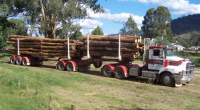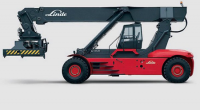The Importance of Air Suspension Systems: Ensure Smooth, Constant Ride Quality and Comfort
The first picture that comes to most people’s minds when the topic of air suspension comes up will more than likely be an image of a chromed-out and “bagged” minitruck or lowrider parked somewhere in the grass with a sunset at its back. And while that’s certainly a picture you could expect to see almost anywhere in the world, it’s far from being air suspension’s singular claim to fame.
Originally conceived more than a century ago, manufacturers have never been reluctant about installing air suspensions on everything from automobiles and heavy trucks, to the bogies on tilting trains. Air suspension vehicles are everywhere; and if you’ve ever experienced that “cloudlike” feeling while riding in a luxury car or stepped onto a kneeling bus, then the credit’s due entirely to air suspension.
Air Suspension at a Glance
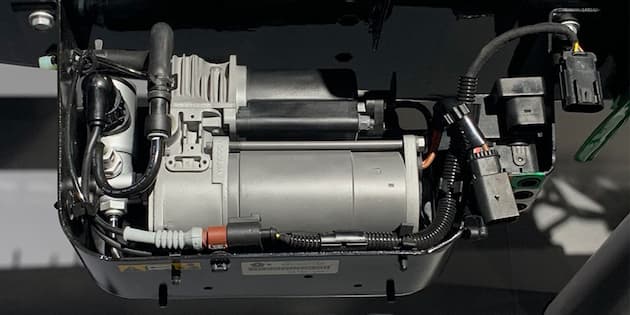
Designed to support a vehicle’s weight by using adjustable airbags instead of steel springs, air ride systems are a combination of car suspension parts for an optimised ride, handling and carriage characteristics; and through the aftermarket, these systems are available as either helper or load assisting kits for a wealth vehicles that need the extra support.
What often gets lost in conversation is that air suspension has to work in harmony with the rest of the chassis to function properly as a complete package. As complex as they may seem, however, there are only 3 major components to any air suspension system.
Air Supply
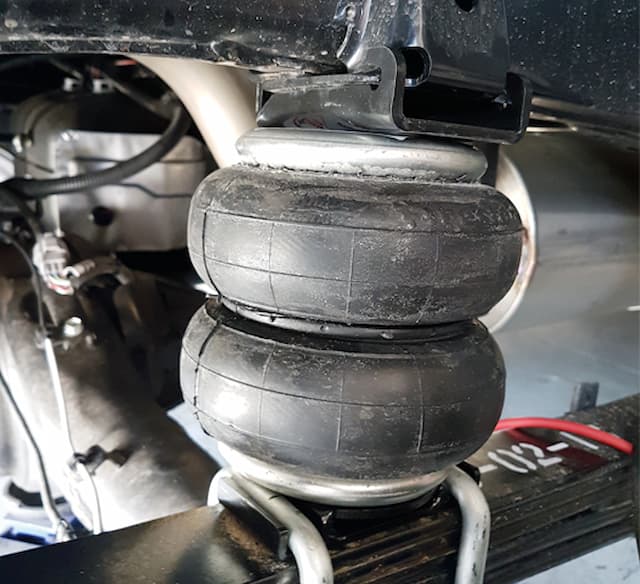
Consisting of the air tank, air compressor, air dryer, and all the related lines and valves, these components are responsible for producing and maintaining sufficient air pressure within the system to support the air bags. Many air supply systems will even incorporate 2 compressors for both redundancies and rapid tank filling.
Air Bags
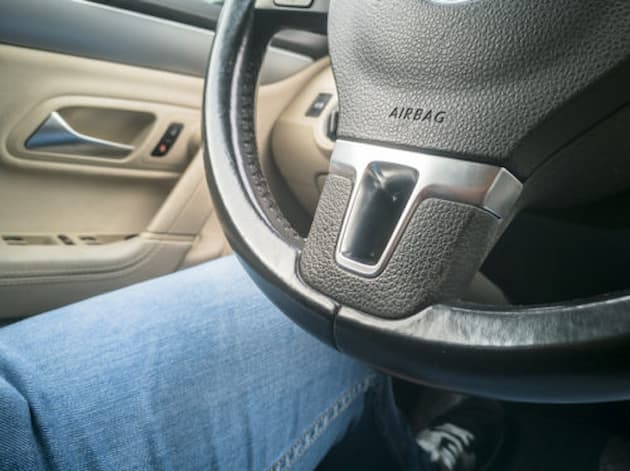
Air bags (technically referred to as air bellows and sometimes referred to as air springs) are the rubber, air-filled bladders positioned between the vehicle’s axle and frame that provide all the support in the absence of steel springs. Made of the same hefty rubber compounds as tires, air bags can either be independently mounted in place of a spring, as helpers, or in hollowed-out coilover configurations that slide directly over a strut tower.
Height Control System
Comprised of the relay solenoid, pressure switches, and all the manual and electronic levelling equipment and gauges that control ride height, these systems have evolved to not only be able to control the distribution of air to the bags, but even to adjust ride height independent of the air supply.
In short, modern air suspension components can be custom set to achieve the desired set of ride attributes, giving drivers the ability to make suspension adjustments instantaneously.
What are the Advantages of Air Suspension?
It’d be a huge understatement to suggest that air suspension is strictly about making vehicles more comfortable when they’re rolling, or making them lower when they’re standing still. There’s no shortage of circumstances within and between these 2 extremes that simply wouldn’t be possible with conventional springs.
Extra Road Clearance When You Need It
If you’re a regular 4×4’er or off-roader, then you already know that there’s no such thing as having too much ground clearance. With air suspension – and a bit of diligence – it’s possible to ford bodies of water without drowning your engine, or to go hill climbing without bottoming out on the first bump on the trail.
Less Ground Clearance When You Want
If getting into or out of that same 4×4 on level ground feels like you’re climbing a mountain – or stepping off the side of one – then having the ability to raise or lower it on demand isn’t too bad either. This is also helpful with hooking up to trailers that are appreciably higher or lower than the hitch on your vehicle.
Improved Load Leveling
By no means does installing an air suspension allow you to exceed the payload capacity that a vehicle’s legally and technically been rated for; but what it does do, however, is allow for better levelling of loads that can’t be centred properly, or help compensate for other components like springs or shocks that may not be performing at their best anymore.
Better Handling on the Highway
As significantly as air suspension can aid a moving vehicle by raising it off-road, it can be equally beneficial by lowering it on the highway. A lowered vehicle not only behaves more stably and predictably, but the improved aerodynamics are guaranteed to save petrol.
Better Performance on the Track
There may be nothing new about how beneficial air suspension is on the highway; but for drag strips and race tracks: the advantages of being able to “dial-in” and lock optimal geometries for front-to-rear weight distribution and traction, as well as body movement, can’t even begin to be recognized with coil springs.
The Verdict on Air Suspension
At the end of the day, it’s hard to find anything negative to say about air suspension. When it comes to adjustability and functionality; there’s no better investment you can make in car suspension parts. Obviously, an air suspension system consists of more constituent parts and components than simply having coil springs; but if control over ride height and quality are what you’re looking for, then there’s no question about whether it justifies some additional effort and maintenance. Air suspension will take your ute or car to a level of performance that you never would have imagined.

